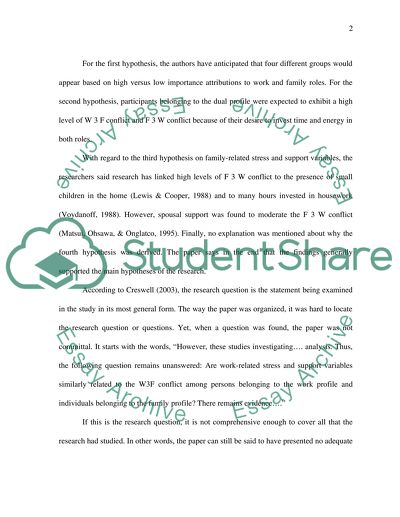Cite this document
(Profiles of Attribution of Importance to Life Roles and Their Coursework, n.d.)
Profiles of Attribution of Importance to Life Roles and Their Coursework. Retrieved from https://studentshare.org/family-consumer-science/1539079-critical-evaluation-of-a-journal-article
Profiles of Attribution of Importance to Life Roles and Their Coursework. Retrieved from https://studentshare.org/family-consumer-science/1539079-critical-evaluation-of-a-journal-article
(Profiles of Attribution of Importance to Life Roles and Their Coursework)
Profiles of Attribution of Importance to Life Roles and Their Coursework. https://studentshare.org/family-consumer-science/1539079-critical-evaluation-of-a-journal-article.
Profiles of Attribution of Importance to Life Roles and Their Coursework. https://studentshare.org/family-consumer-science/1539079-critical-evaluation-of-a-journal-article.
“Profiles of Attribution of Importance to Life Roles and Their Coursework”, n.d. https://studentshare.org/family-consumer-science/1539079-critical-evaluation-of-a-journal-article.


